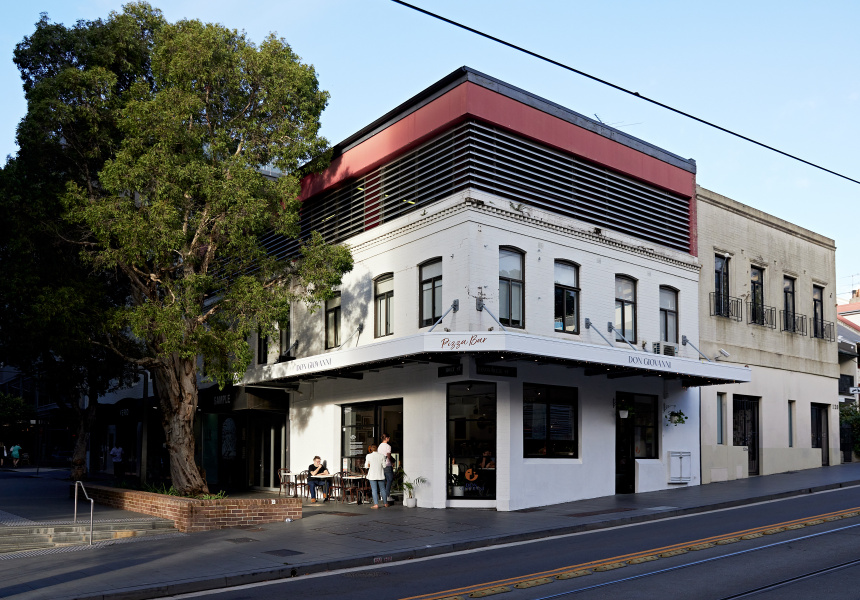

(When former King Crimson drummer Ian Wallace joined Dylan’s band in 1978, Wallace was pleasantly surprised when his famed new employer implored him to “play like Tony Williams” (the ferociously talented drummer in Miles Davis’ greatest quintet.) Like his good pal Willie Nelson, Dylan has never been a jazz artist, even though he counts jazz greats Billy Higgins, Don Cherry and Wynton Marsalis among his past collaborators.īut he is a jazz-informed artist who has never stopped reinventing his own songs in both subtle and overt ways, be it the arrangements of his songs, his ever-changing vocal phrasing or his aversion to repeating himself. Dispensing with the alternately lush and brassy big band arrangements of the originals, he and his ace band instead gave them a lightly haunted country tinge, with Donny Herron’s pedal-steel-guitar swells perfectly setting the mood. “What’ll I Do” and “I’m a Fool to Want You” are long-lived standards, but there is nothing standard about how Dylan performed them Monday. But it was stirring and all the more moving for how he deployed his limited voice for maximum impact, even when singing mostly at a hush. It was not a virtuoso display - Dylan has never had the range, technique or disposition for such things. He hit and held notes that would have been unthinkable earlier in this decade. His voice, which too often has been reduced to a murky croak in recent years, sounded revitalized. Nearly every one of the weathered songs on both albums were previously recorded by Frank Sinatra, including “Melancholy Mood,” which Ol’ Blue Eyes cut with the Harry James Orchestra in 1939 and which Dylan crooned with unmistakable reverence at Humphreys. All seven were drawn from his two most recent albums, 2015’s delightful “Shadows in the Night” and this year’s equally arresting “Fallen Angels.” On Monday, these included “All or Nothing At All” and a fleeting but emotionally wrenching “Autumn Leaves” that was a marvel of finely calibrated intensity.
RAGTIME PIZZA DUQUESNE MOVIE
Where he has sometimes felt detached from his music in the past, on Monday he sounded fully committed.ĭressed like a cowboy movie star from his boyhood days at a Sunday social, Dylan was equally committed when he performed seven Tin Pan Alley classics from the Great American Songbook. Happily, they did exactly that.ĭepending on the song at hand, Dylan sounded poignant or playful, rough or tender, wry and wise. And when Dylan nonchalantly sauntered a few times from center stage to stand in front of George Receli’s nearby drum set, it had more impact than any gyrations or choreographed routines by a flavor-of-the-month pop star and their hyperactive dance troupe.įrom the opening number, Dylan’s Oscar-winning 2000 gem “Things Have Changed” - which was taken at a more brisk pace than the original version and delivered with a sly tone quite different from the resignation of the recorded version -it was clear that Dylan and and his band were poised to deliver a memorable set.

As a result, simply lowering or bending one of his arms had a dramatic impact. When not playing piano, Dylan barely moved.

That, no doubt, was by design, the better to emphasize that the music was the star of the night.

The stage was rung by vintage Klieg lights, which provided a moody backdrop and equally illuminated each band member, although none of them - Dylan included - too brightly. Accordingly, his Monday performance featured only two songs from the 1960s, “She Belongs to Me” and “Blowin’ in the Wind,” and one from the 1970s, “Tangled Up in Blue.” Five of the songs came from his 2012 album, “Tempest,” including “Scarlet Town” and “Early Roman Kings,” a Muddy Waters-styled blues stomper that found Dylan spitting out the lyrics like Waters and Bo Diddley in their respective primes.ĭylan alternated between singing while standing at a microphone set back from the center of the stage and while playing a baby grand piano. Decades ago, Dylan cautioned against looking back, well aware of the creative stasis that can envelop artists who rest on their laurels.


 0 kommentar(er)
0 kommentar(er)
